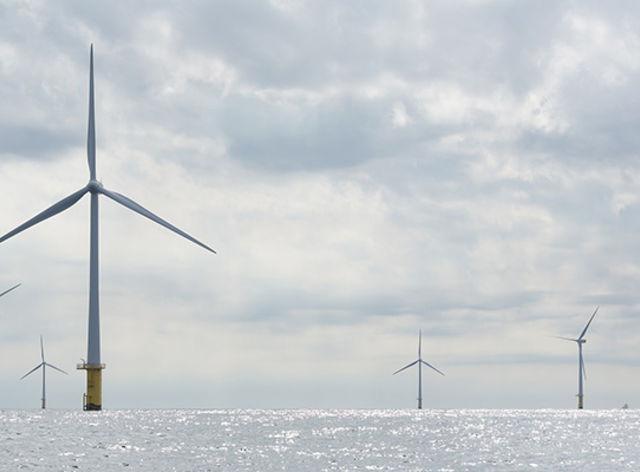By: Alan Cameron, Group Technical Authority – Survey
The ongoing pandemic (and its scathing impact on world economies) makes for much of the headlines globally, particularly in Europe where many countries are now suffering a second wave. As the economic uncertainties continue to loom, the UK Prime Minister Boris Johnson’s pledge to make the nation a ‘world leader in clean wind energy’ by 2030 was a major highlight in the recent weeks, signaling for a green industrial revolution with a net-zero target for greenhouse gas emissions by 2050.
The Prime Minister’s plan, largely welcomed by major environmental and industry bodies, will see the quadrupling of the existing 10GW of offshore wind generating capacity by 2030. This will require £50bn in investment and would need the equivalent of one turbine installation every weekday for the next decade.
Over the past 15 years, the industry has seen a great deal of change in survey techniques used when working on potential windfarm sites. Initially, vessels were running with a few free “flying” G882 magnetometers towed behind the vessel, along with sidescan and multibeam sonars. In many instances, the actual sensors being used today remain unchanged, but the deployment method, contract specifications and processing of the data have changed significantly.
Take for instance new windfarm sites, such as the massive Hornsea Projects off the east coast of the UK, which covers an area of 1,725 sqm. The survey vessel and crew have a high daily cost, and so techniques have been developed to allow the survey vessel to acquire efficient data over as wide a swathe as possible, as fast as possible. The survey vessels are effectively “mowing the lawn” and clients require the widest and fastest “lawnmowers”.
At present, the cost of installing these turbines is still being driven down, with operators continually looking for cost-saving throughout the supply chain. Companies in the survey industry need to remain at the forefront by taking advantage of this expected growth and invest in the most productive and efficient equipment. The use of new technologies should be promoted to ensure project deliverables can be provided to the client at a competitive cost. Quality is sacrosanct in the drive to acquire large datasets.
The windfarm sites vary a great deal, some with flat featureless mud at a regular depth to those with great undulating sand waves constantly on the move. Others can have large boulder fields making detection of UXO extremely difficult and time-consuming. These site conditions may get evermore challenging as many of the new and larger sites are further offshore and in deeper water. Providing a suitable range of class-leading equipment to meet these differing site conditions is crucial.
At Unique Group, we continue to listen to our clients who are reporting that many of the Windfarm surveys are now being awarded on a lumpsum basis, and it is therefore critical that they follow up downtime and costly re-runs due to equipment failure and poor-quality data. In the future, as a company, we may also have to consider offering lumpsum equipment supply to clients for specific projects.
The overall future looks promising for offshore wind in the UK and the rest of Europe. Whilst the UK leads the way in terms of size, new developing offshore wind projects at a global level are also gaining momentum. Unique Group is well prepared with the resources currently in place to allow us to react to the ever-changing demands of the industry. Over the next 3-4 years, I expect the industry to continue development in line with the UK’S clean energy goal which is also aligned with our own sustainability initiatives. In such a robust environment, it is crucial to remain close to our clients and to develop relationships with key suppliers who work closely with us to bring the most productive and best-suited survey equipment to the market, in advance of our competitors.

